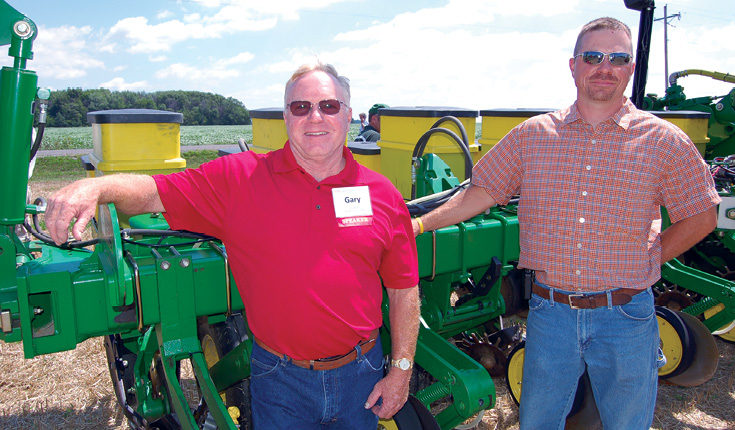No-Till Farmer
Get full access NOW to the most comprehensive, powerful and easy-to-use online resource for no-tillage practices. Just one good idea will pay for your subscription hundreds of times over.

Conservation is more than a buzzword in northwest Ohio, and Gary Mavis and his son, Scott, are turning their no-till farming operation into a showcase.
By going to no-till and investing in precision technology, the Mavises have ramped up nutrient-use efficiency and cut production costs on their 2,900 acres of rolling farmland near Edgerton, Ohio.
They’ve also planted grassed waterways in many fields and installed filter strips along drainage ditches to slow water and nutrient runoff into the local watershed. They recently enrolled in the NRCS’s EQIP program, and they have a small amount of acres in CRP.
“We’re not the only ones doing this,” Gary says. “A lot of producers in Williams County are adopting this technology, and the Soil and Water Conservation Society has emphasized the need for filter strips.”
The Mavises’ farm was featured last summer during the annual Conservation In Action tour, organized by the Conservation Technology Information Center.
The family typically grows a 50-50 split of corn and soybeans, and occasionally wheat. The family no-tills 100% of soybeans and about 80% of corn. Corn is planted in 30-inch rows and soybeans in 10-inch rows.
The Mavises started no-tilling in the 1980s in hopes of saving wear and tear on their equipment, and they jumped into the practice without taking steps to prepare the soil. With the benefit of hindsight, Gary says the first thing farmers converting to no-till should do is “remove density layers so roots can grow through.”
They only use…